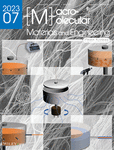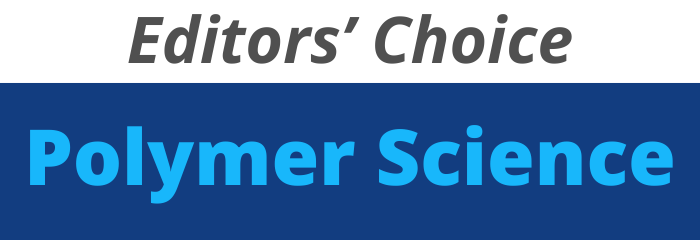Journal list menu
Export Citations
Download PDFs
Cover Picture
Pressurized Gyration: Fundamentals, Advancements, and Future
- First Published: 14 July 2023
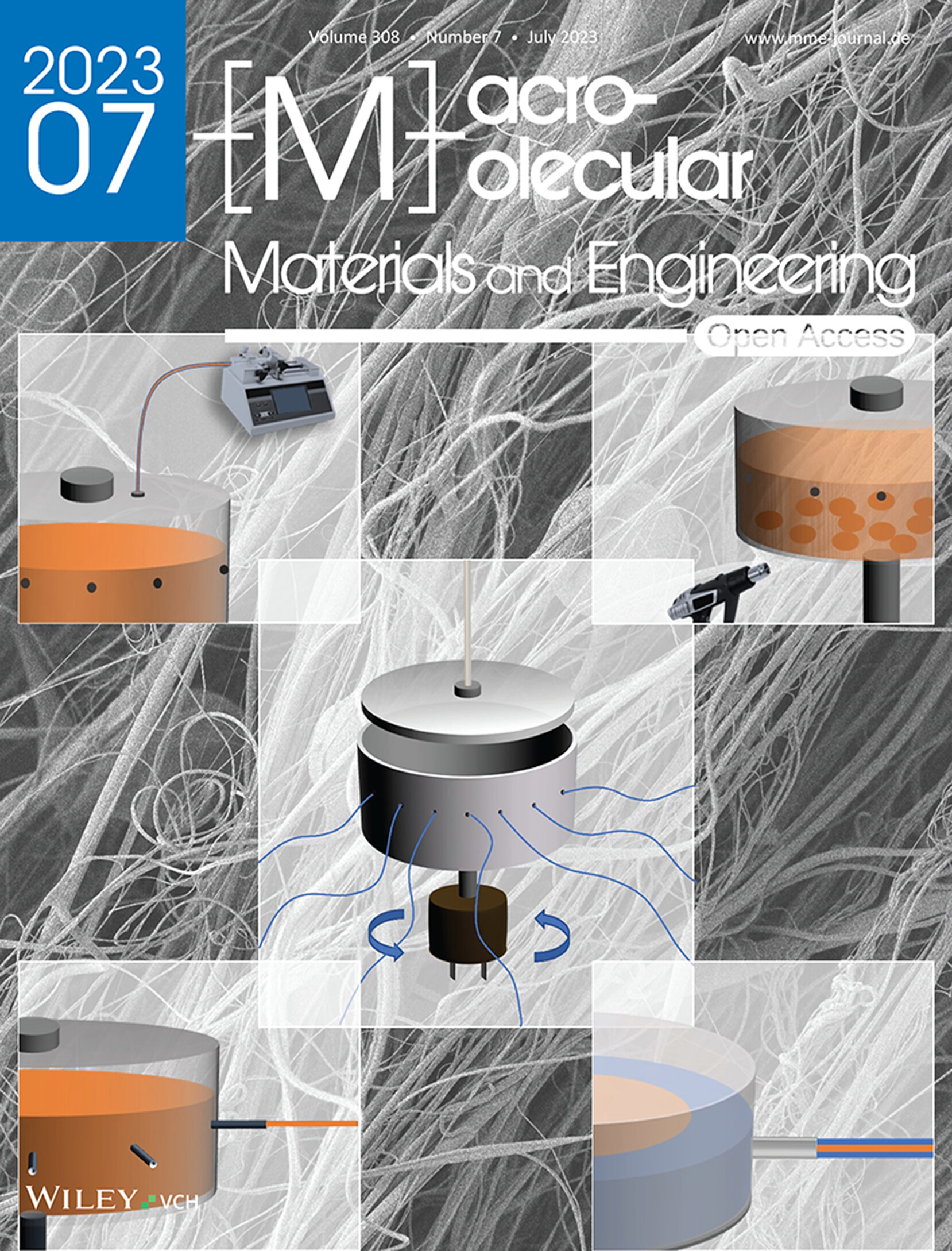
Front cover: In article 2300033, Yanqi Dai, Jubair Ahmed, and Mohan Edirisinghe discuss advances in pressurized gyration (PG). PG is a facile, efficient, and low-cost spinning technology, which overcomes major challenges faced in fiber manufacturing. PG and its related technologies offer highly controllable processing parameters, making it a versatile strategy for fiber manufacturing in various applications. Furthermore, this technology shows promise for scaling up to industrial manufacturing levels.
Masthead
Reviews
Pressurized Gyration: Fundamentals, Advancements, and Future
- First Published: 24 April 2023
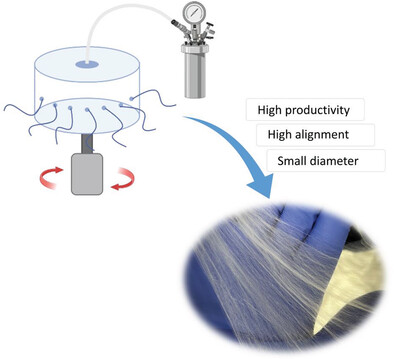
Pressurized gyration (PG) is a facile, efficient, and low-cost spinning technology, which overcomes major challenges faced in fiber manufacturing. PG and its related technologies offer highly controllable processing parameters, making it a versatile strategy for fiber manufacturing in various applications. Furthermore, this technology shows promise for scaling up to industrial manufacturing levels.
Recent Developments in Additive Manufacturing of Conductive Polymer Composites
- First Published: 12 March 2023
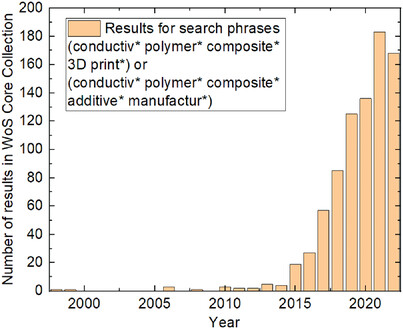
3D printing of conductive materials can be used to prepare objects for diverse applications. Here, an overview of conductivity ranges and measurement techniques as well as additive manufacturing methods is given, before reviewing the available conductive polymers and fillers used to 3D print conductive polymer composites. Finally, a brief overview of reviews describing potential applications in detail is given.
High Thermal Conductivity Polymer Composites Fabrication through Conventional and 3D Printing Processes: State-of-the-Art and Future Trends
- First Published: 19 April 2023
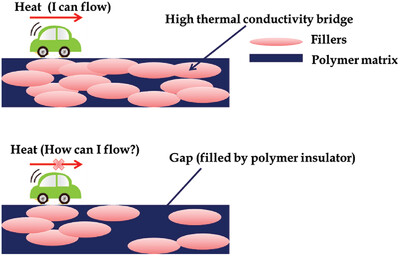
A comparative study on the thermal conductivity of conventionally made and 3D-printed polymer composites is reported. The role of the 3D printing process in manufacturing high thermal conductivity polymer composites is reported. Various techniques used to manufacture high thermal conductivity polymer composites are thoroughly discussed.
Research Articles
Controlling Crystallization: A Key Factor during 3D Printing with the Advanced Semicrystalline Polymeric Materials PEEK, PEKK 6002, and PEKK 7002
- First Published: 02 March 2023
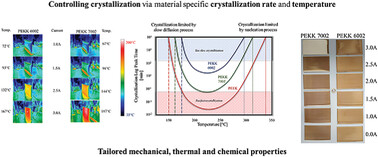
The key parameter dictating the success in fused filament fabrication (FFF) 3D printing of advanced semicrystalline polymers, namely, polyetherketoneketone (PEKK), is the crystallization time. This study examines the control of crystallization via regulation of the printing chamber temperature and different PEKK grades. The results here provide the basis to eliminate expensive and time-consuming post-processing of FFF 3D fabricated parts.
Polydopamine-Assisted Bi-Functional Modification of NiO Anode for Enhanced Lithium-Ion Storage Performance
- First Published: 20 February 2023
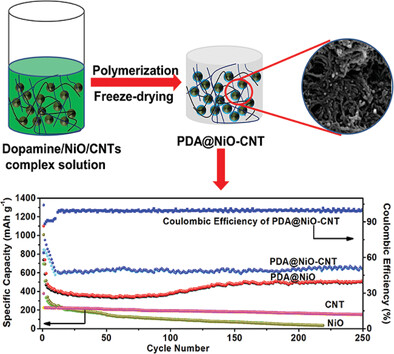
Polydopamine-assisted bi-functional synthesis of NiO nanoparticles homogeneously anchoring on networking carbon nanotubes (PDA@NiO-CNTs) is prepared to provide high electronic conductivity and prevent particles aggregation, also alleviate the volume expansion of NiO during cycling. These attractive advantages endow the PDA@NiO-CNTs anode with high reversible capacity, excellent cycling stability, and long durable life in lithium−ion batteries.
Wet Milling of Alginate Alco- and Hydrogel Composites: A Facile Top-Down Approach for Continuous Production of Aerogel Microparticles
- First Published: 20 February 2023
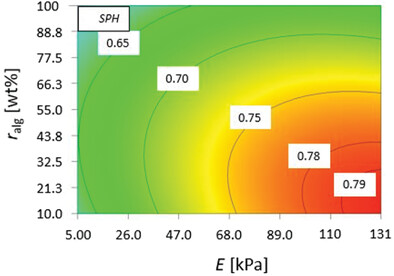
Supercritical drying of small gel particles lifts mass transfer limitations and allows a continuous operation mode. The wet milling process is studied in this article as an alternative way to produce microparticles with a high throughput. Relationships between textural properties of resulting aerogels and process parameters (milling speed, gap size) as well as gel-specific properties are established.
4D Printing of Polyvinyl Chloride (PVC): A Detailed Analysis of Microstructure, Programming, and Shape Memory Performance
- First Published: 20 February 2023
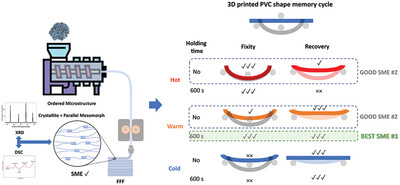
This research introduces polyvinyl chloride (PVC) with an excellent shape memory performance for 4D printing via fused deposition modeling (FDM) technology. Shape memory effects are promising and range from 83.24% to 100%. This study can broaden the material choice for 4D printing PVC-based functional parts for biomedical applications with extreme mechanical durability and actuation controllability.
Assessment of Fibrin-Based Hydrogels Containing a Fibrin-Binding Peptide to Tune Mechanical Properties and Cell Responses
- First Published: 20 March 2023
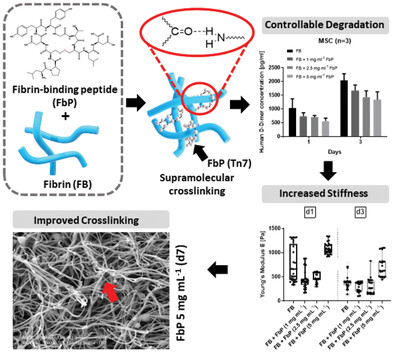
This study demonstrates how fibrin-based hydrogels with adjustable mechanical properties and controllable degradation profiles can be fabricated through the addition of fibrin-binding peptides. The cyclic peptide Tn7 binds to fibrin by noncovalent supramolecular interactions, exhibiting no cytotoxicity. Tn7 reduces degradation rate, significantly increases the Young's Modulus and mechanical stiffness as well as fibrin fiber thickness and inter-fiber crosslinking in hydrogels.
Bio-Macromolecular Surface Coatings for Autohesive, Transparent, Elastomeric Foils
- First Published: 20 February 2023
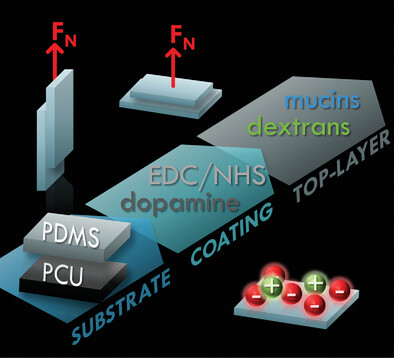
To weaken the self-adhesive behavior of elastomeric foils—examined via lap shear and detachment tests—mucins and dextrans are attached onto polymeric surfaces (Polydimethylsiloxane (PDMS)/Polyurethane (PU)) via either dopamine-based or carbodiimide-mediated coating processes. Importantly, those coatings do not compromise the flexibility and transparency of the materials.
Investigation of the Reaction Kinetics of Poly(butylene terephthalate) and Epoxide Chain Extender
- First Published: 25 April 2023
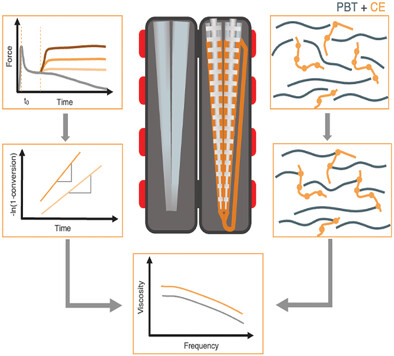
Polyesters owe a rather low melt strength which is considered as not beneficial for foaming. A common method to overcome this drawback is the reactive extrusion with chain extenders. The reaction kinetics of this modification are studied using a micro-compounder. For this purpose, the change in viscosity is correlated with the change in molecular weight and torque during the reaction.
The Effects of Methoxylated Isoindigo on the Optical and Charge Transport Properties of the Corresponding Polymers
- First Published: 12 March 2023
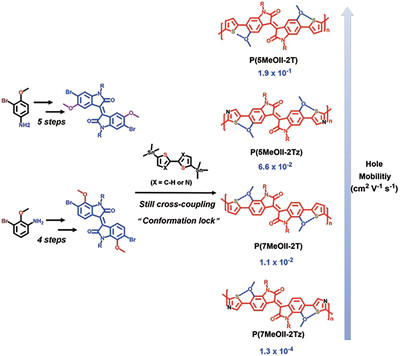
The introduction of the methoxy group onto the isoindigo core not only influences its highest occupied molecular orbital (HOMO) energy level but also introduces an “O···S conformational lock” and alters the orientation of the corresponding polymers in the film state, which has a great impact on their optical properties and charge transport behaviors.
Improvement of Poly(lactide) Ductile Properties by Plasticization with Biobased Tartaric Acid Ester
- First Published: 09 February 2023
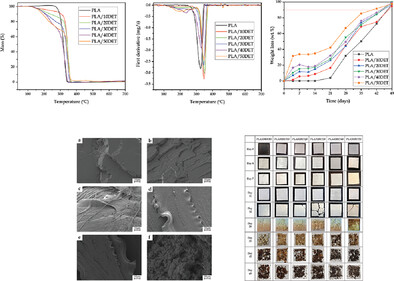
This work reports on the development of PLA blends with diethyl tartrate (DET) as a plasticizer, which greatly increases the ductility of PLA, an extremely fragile polymer. Achieving values superior to 550% elongation at break for a sample with 20 wt.% DET. Moreover, this plasticizer is naturally-based and completely biodegradable, which makes the blend totally environmentally friendly.
Facile Synthesis of Fe3O4−SiO2 Nanocomposites for Wastewater Treatment
- First Published: 20 February 2023
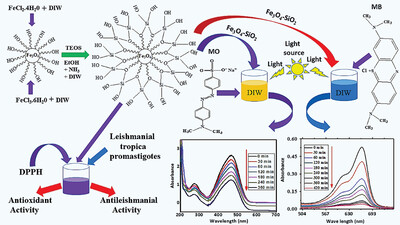
Water contains a variety of chemical contaminants introduced by various sectors, resulting in contamination that has a direct impact on the ecosystem. Herein, the fabrication of Fe3O4−SiO2 nanocomposite via facile co-precipitation and Stober methods is reported, for the catalytic and photocatalytic applications toward the removal of methylene blue (MB) and methyl orange (MO) dyes from a comparative perspective.
Synthesis, Characterization, and Properties of Sulfonated CNT-Doped Poly(aniline-co-carbazole)-PVA Conductive Films
- First Published: 17 March 2023
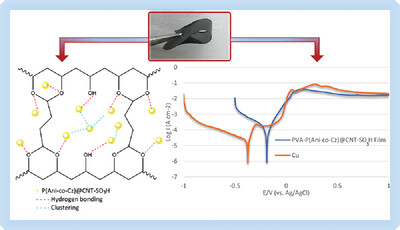
This article introduces a hydrophilic conductive film consisting of polyvinyl alcohol as the matrix, polyaniline-co-carbazole copolymer as the intrinsically conductive polymer, to imply desired conductivity, and sulfonated carbon nanotube functionalized nanorod for its dual property, that is, dopant and reinforcing agent. The electrochemical and mechanical properties of this conductive film approve its potential use as a flexible anticorrosion coating.
A Novel Immobilization Method of Urease in Silk Fibroin Scaffolds by Annealing at Constant Temperature and Humidity
- First Published: 25 April 2023

Annealing at constant temperature and humidity is a relatively mild and effective way to alter the secondary structure of silk fibroin from random coil into β-sheet structure, which can immobilize urease in silk fibroin scaffolds. The urease-immobilized scaffolds with beneficial hydrophilic properties and prolonged enzyme activity may be used for peritoneal dialysate regeneration systems.




